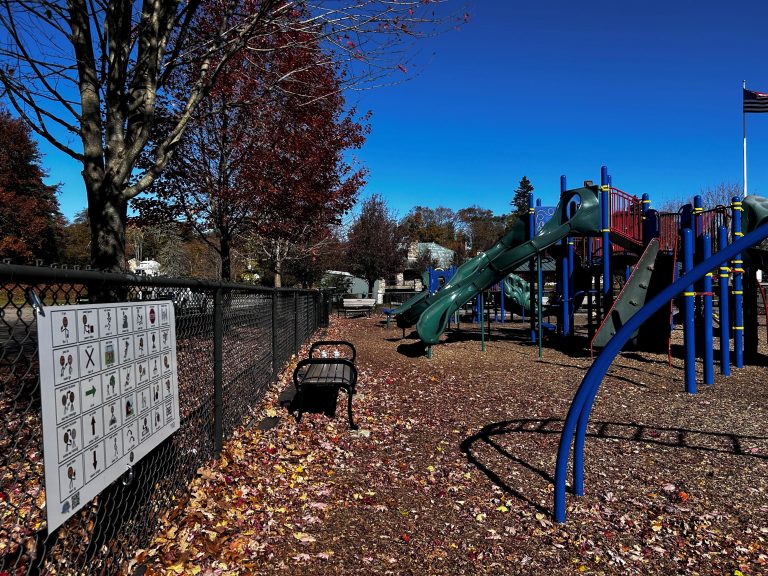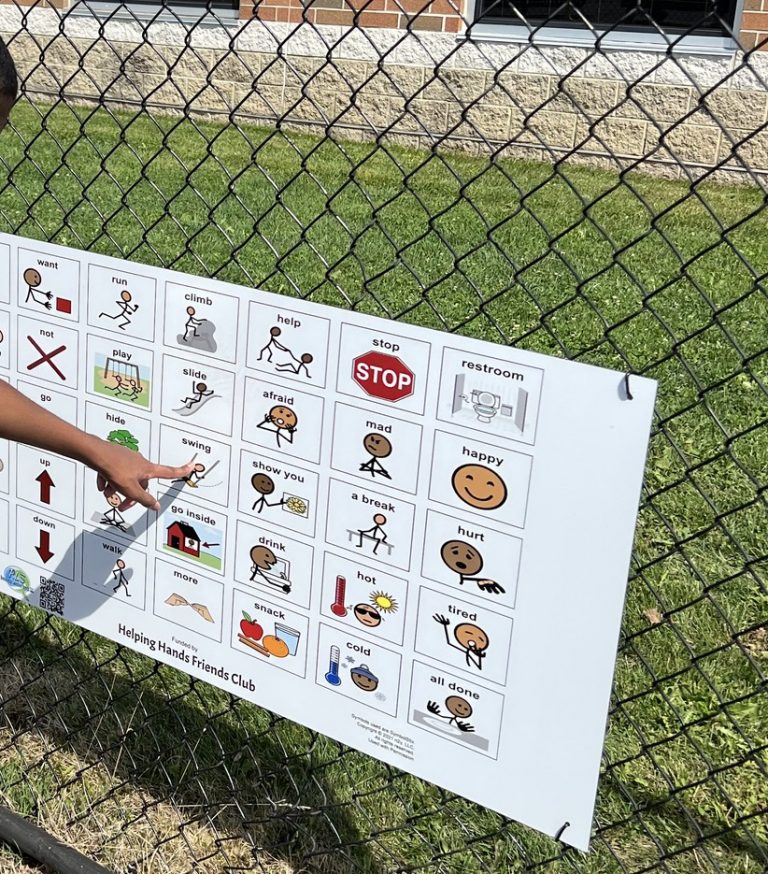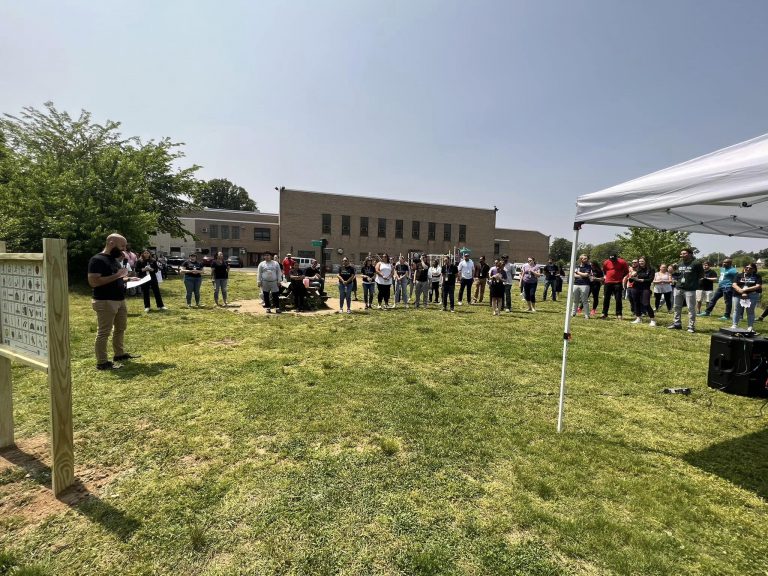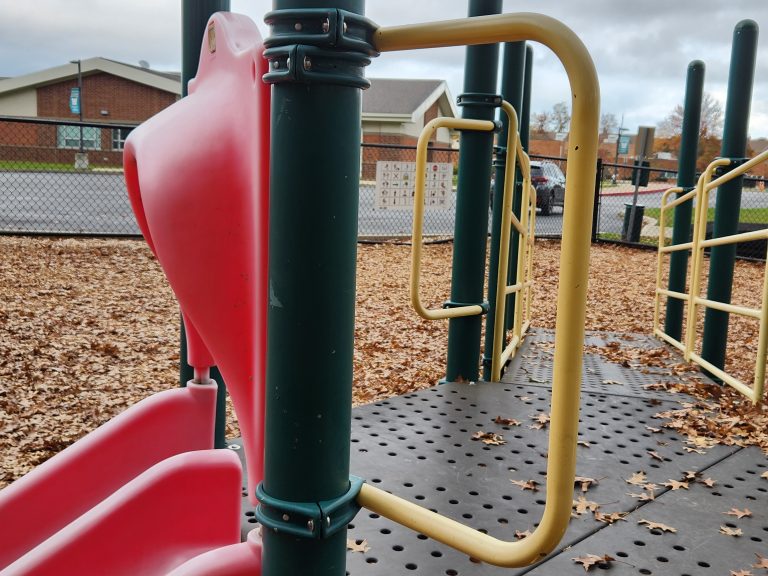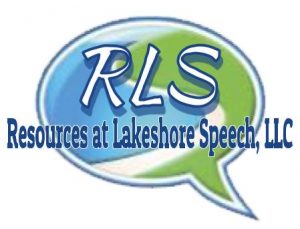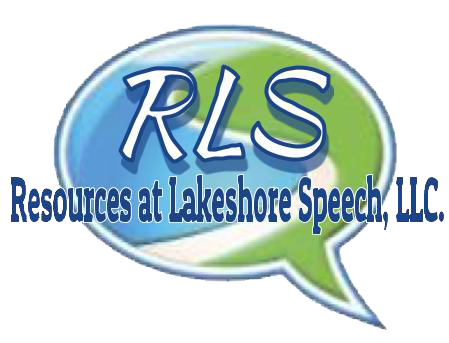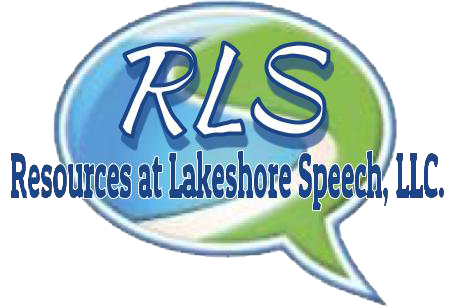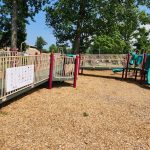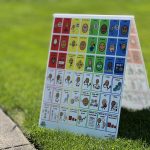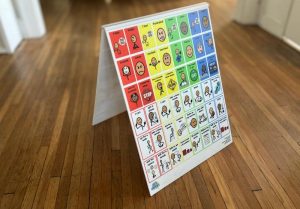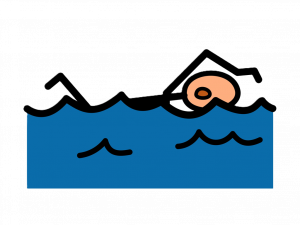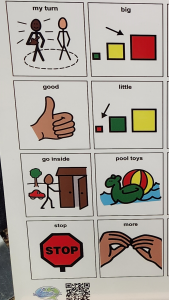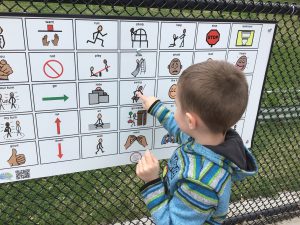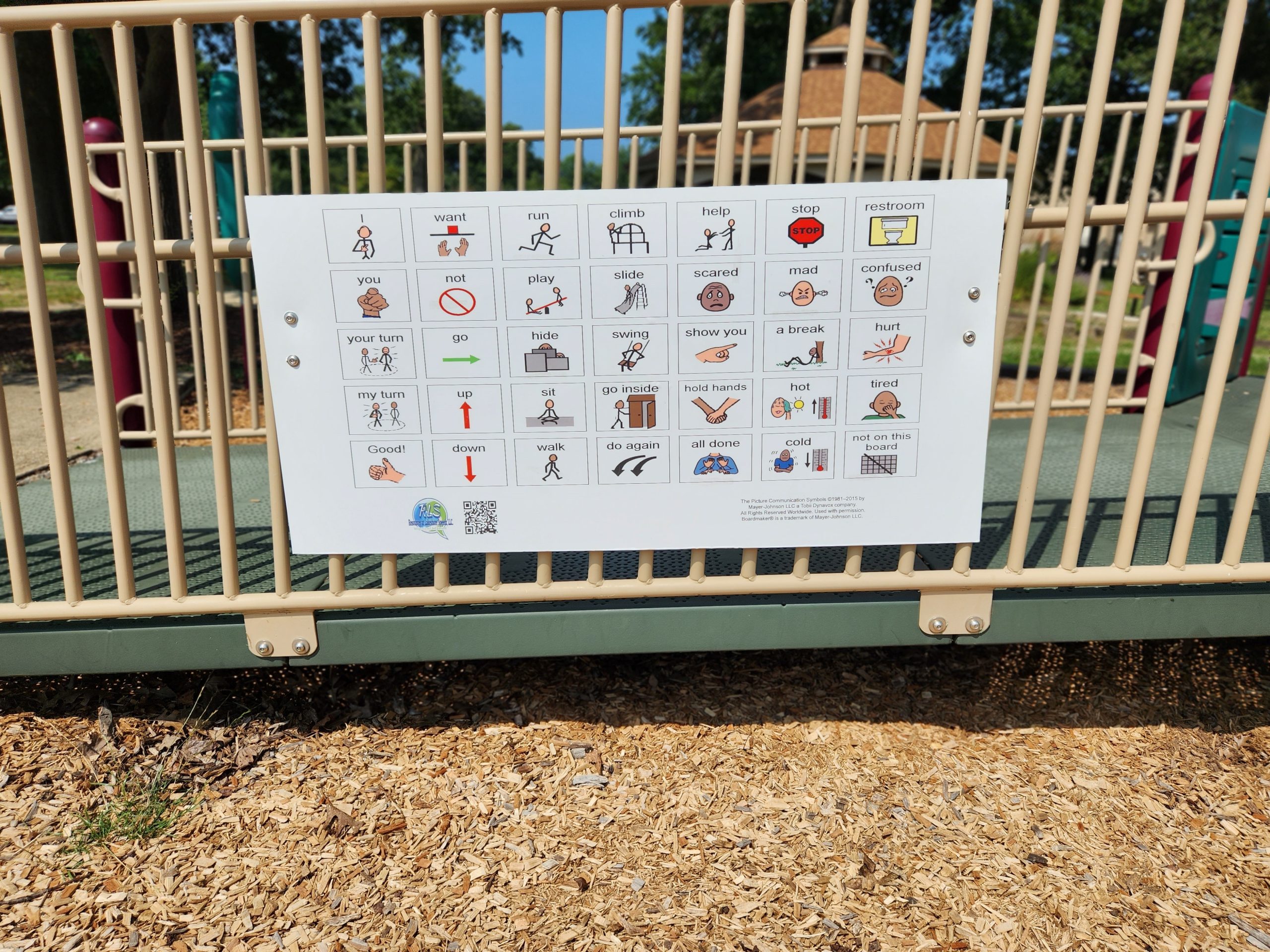
Communication is at the heart of every thriving community.
For individuals with communication disabilities, access to alternative and augmentative communication (AAC) tools—like communication boards—can open doors to inclusion and meaningful interactions. Whether you’re a parent, educator, therapist, or community advocate, you can play a pivotal role in bringing a communication board to your local playground, park, or public space.
If you’re wondering where to start, this guide will walk you through 10 essential tips to successfully introduce a communication board to your community.
1. Understand the Impact of Communication Boards
Before diving into logistics, it’s essential to understand why communication boards matter. These static AAC tools provide a visual system of symbols and words that allow individuals with speech and language difficulties to express themselves. They promote inclusivity, social interaction, and independence for children and adults who use AAC.
Supporting Research:
- The American Speech-Language-Hearing Association (ASHA) emphasizes the importance of AAC in fostering communication independence (ASHA, 2023).
- Studies show that providing communication access in public spaces increases participation and socialization among AAC users (Light & McNaughton, 2014).
2. Determine the Best Location
Consider where the communication board will have the most impact. Ideal locations include:
- Playgrounds
- Public parks
- Community centers
- Libraries
- Therapeutic Riding Centers
- Pools and splash pads
- Schools and daycare centers
Choose high-traffic areas where children and adults interact frequently. Ensure the board is installed at an accessible height and angle for wheelchair users and young children.
3. Get Community Support
Bringing a communication board to your community is easier with support. Engage parents, educators, therapists, and disability advocates early in the process. Attend local meetings, contact disability organizations, and share the vision of creating an inclusive space for all.
Action Steps:
- Start a petition or online campaign.
- Host informational sessions at schools or libraries.
- Create a social media page to raise awareness and gain traction.
4. Work with Local Government and Parks Departments
Many public spaces are managed by municipalities, so obtaining approval is crucial. Contact your local parks and recreation department, city council, or school board to discuss the proposal.
Key Considerations:
- Provide research and examples of other successful installations.
- Address ADA (Americans with Disabilities Act) compliance and how communication boards align with accessibility initiatives (ADA.gov, 2023).
- Offer a funding plan or partnership proposal to offset costs.
5. Secure Funding
Funding a communication board project can be accomplished through various avenues:
- Grants from disability-focused organizations
- Local business sponsorships
- Fundraising events
- Crowdfunding campaigns (e.g., GoFundMe, DonorsChoose)
Look for grants through organizations such as the Christopher & Dana Reeve Foundation and local community development funds.
6. Choose a High-Quality Communication Board Design
Not all communication boards are created equal. Work with an AAC specialist or a communication board company to ensure the design includes:
- Core vocabulary (words used most frequently in communication)
- Functional, everyday phrases
- Clear, high-contrast symbols for visibility
- Durable, weather-resistant materials
7. Customize the Board for Your Community
While many core words remain universal, adding location-specific vocabulary enhances usability. For example:
- A playground board might include words like “slide,” “swing,” and “run.”
- A poolside board may have “swim,” “float,” and “jump.”
Incorporate bilingual options if your community has a high percentage of non-English speakers.
8. Ensure Proper Installation
Once approved, work with professionals to install the board securely. Consider:
- Placement at an appropriate height for wheelchair users and children
- Angled positioning for better visibility
- Weatherproofing to prevent fading and damage
9. Educate the Community on How to Use It
A communication board is only effective if people know how to use it. Provide community education by:
Hosting workshops for parents, teachers, and caregivers.
Creating instructional signage or QR codes linking to AAC tutorials.
Partnering with schools to integrate board use into lessons.
10. Maintain and Evaluate the Board’s Impact
After installation, monitor the board’s usage and condition. Conduct periodic assessments to determine:
- If the board needs repairs or updates
- How frequently the board is used
- Whether additional boards or modifications are necessary
Collect feedback from users and community members to guide future improvements.
Final Thoughts
Bringing a communication board to your community is a powerful step toward inclusivity. With proper planning, collaboration, and education, you can make a lasting impact for individuals who rely on AAC to express themselves.
By following these 10 tips, you’ll not only enhance communication accessibility but also foster a more inclusive and welcoming environment for all.
Do you have experience advocating for communication boards? Share your journey in the comments below or reach out to learn more about how we can support your project!
